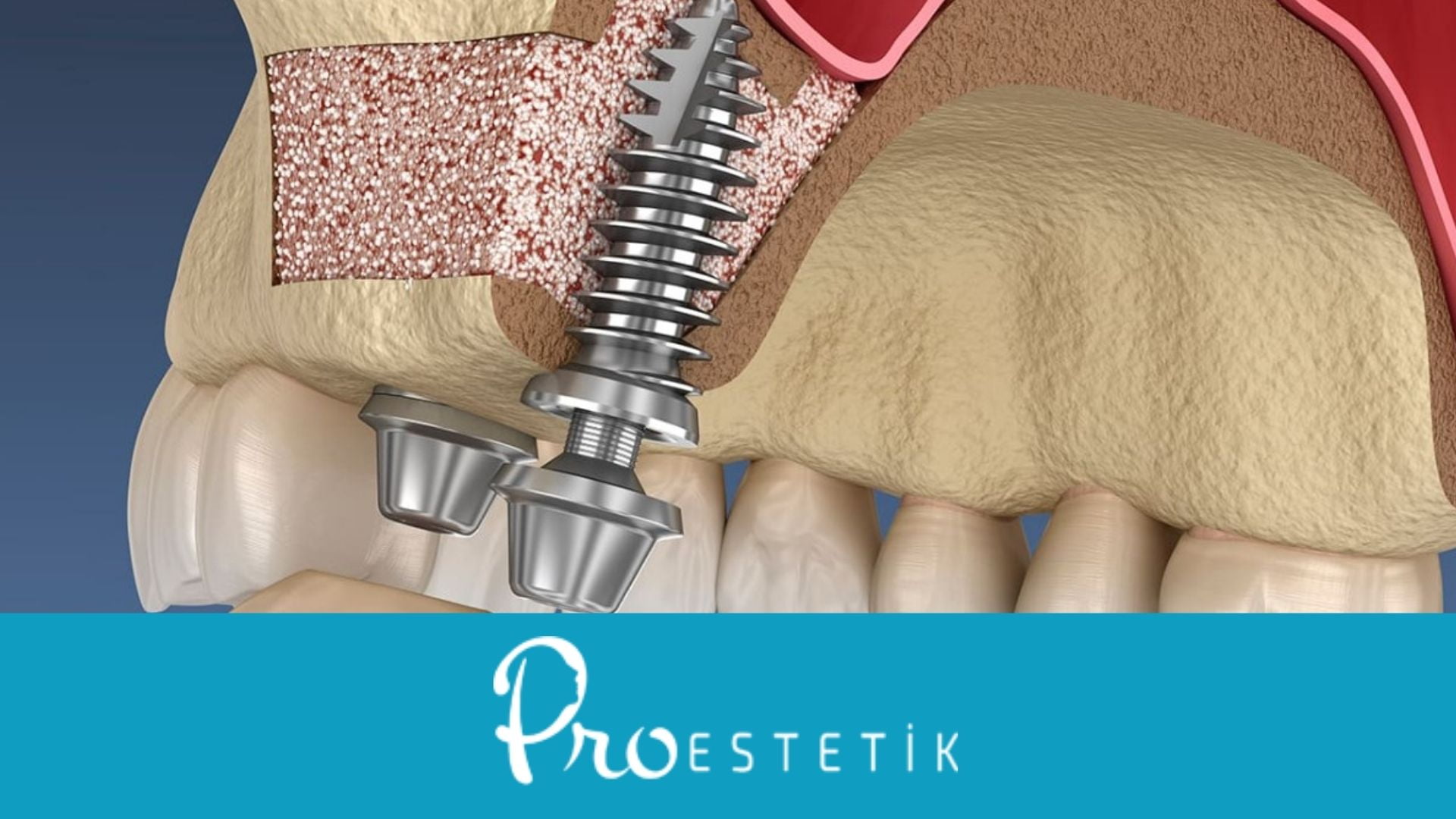An abutment is frequently used in dental implant treatments for missing teeth and is crucial to the success of the procedure. This component allows the implant and prosthesis to be joined together.
Let's dive into the details and examine what an abutment is in this article.
What is a Dental Abutment?
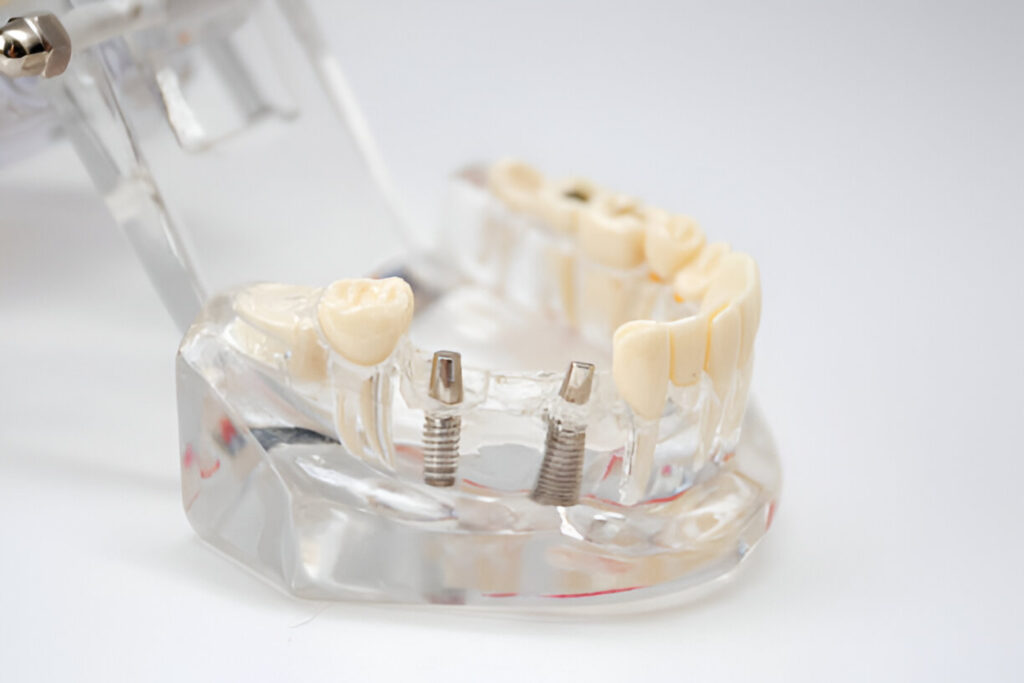
Implants are often preferred in dental treatments. In implant procedures, parts called abutments are used. So, what is an abutment, and what does it do?
There are two main parts in implant treatments: the implants, which mimic the tooth root, and the prostheses, which mimic the tooth. For a successful implant procedure, these two parts must be connected.
Abutments are the components used for this connection. They are screwed and fixed to the top of the implant, ensuring that the tooth is both properly positioned and aesthetically pleasing.
What is the Function of an Abutment?
The abutment is used by screwing it onto the implant, acting as a bridge between the dental prosthesis and the implant. This connection allows the implant and prosthesis to function smoothly. The abutment transmits the biting force from the prosthetic tooth to the implant, making the structure more robust.
The abutment also ensures that the prosthetic tooth aligns with the color and shape of the natural tooth, enhancing the natural and aesthetic appearance of the teeth.
When is the Abutment Placed?

The timing of abutment placement, which also contributes to the strength and aesthetics of the teeth, is a common question. The abutment, located between the implant and prosthesis, is placed in phases. Let’s go through these phases step by step.
Steps of Abutment Placement:
- First, the dentist needs to take X-rays and perform a tomography to examine the mouth.
- After the examination, the implant placement procedure begins under local anesthesia.
- A small hole is drilled in the patient's jawbone to insert the titanium implant. After placement, the gums are stitched, and a healing period follows.
- The fusion process between the implant and the jawbone can take 3 to 6 months, depending on the stability of the implant.
- Once the healing process is complete, the abutment is placed on the implant to provide a stronger foundation for the prosthetic tooth.
- A mold is taken of the abutment, and the prepared prosthetic tooth is placed on top.
- After the prosthetic tooth is placed, a week-long treatment process follows.
- The dentist performs check-ups to complete the treatment.
The abutment is a critical part of ensuring the prosthetic tooth is secure and strong. For more detailed information on implant treatments, be sure to check out our other article!
CLICK HERE: "Types and Features of Dental Implants"
Types of Abutments
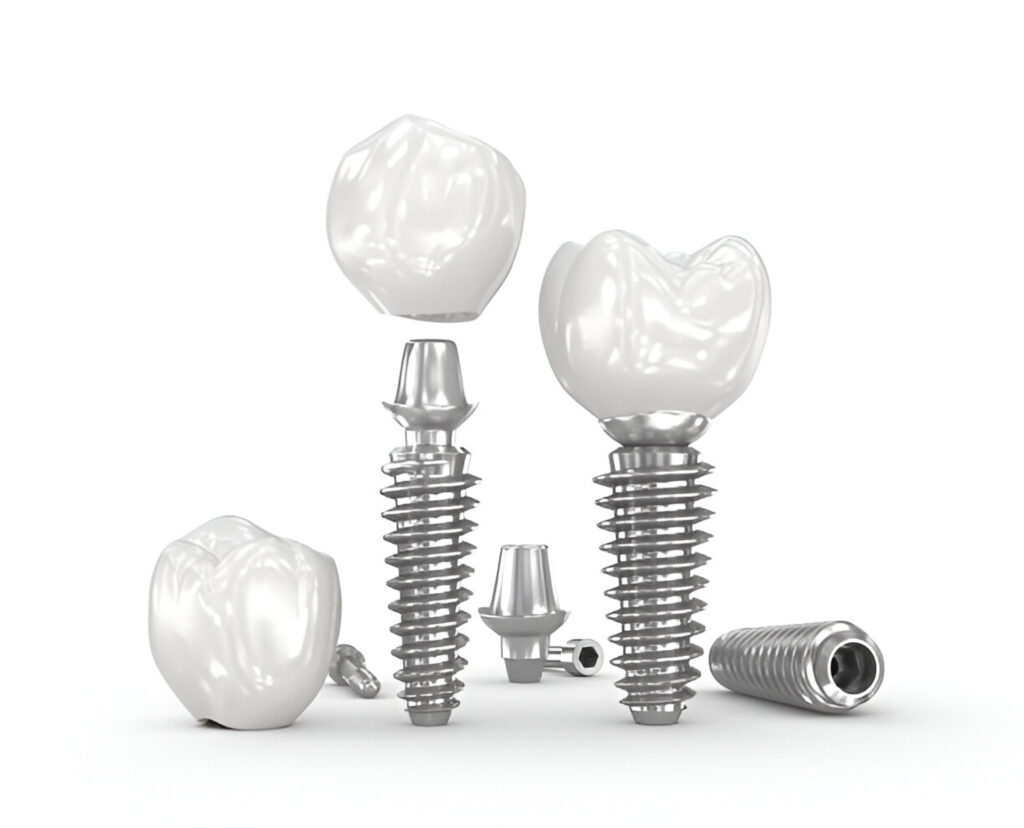
An abutment is one part of a dental implant, playing an important role in ensuring the teeth are strong and aesthetically pleasing. There are several types of abutments.
Let’s explore these types.
Custom Abutments
Custom abutments are a type of implant that is made specifically for the individual. They are designed and produced according to the patient's mouth structure. This type of abutment provides a more aesthetically pleasing result, but the production takes longer and it is more expensive.
Standard Abutments
This type of abutment is pre-made and is commonly used in implant treatments. Standard abutments are more affordable and have a shorter production time.
Multi Abutments
Multi-abutments are used when implants are missing and are designed to meet various needs in different parts of the implant. This procedure can combine both standard and custom abutments, and its cost is typically within a reasonable range.
Why Does an Abutment Loosen?
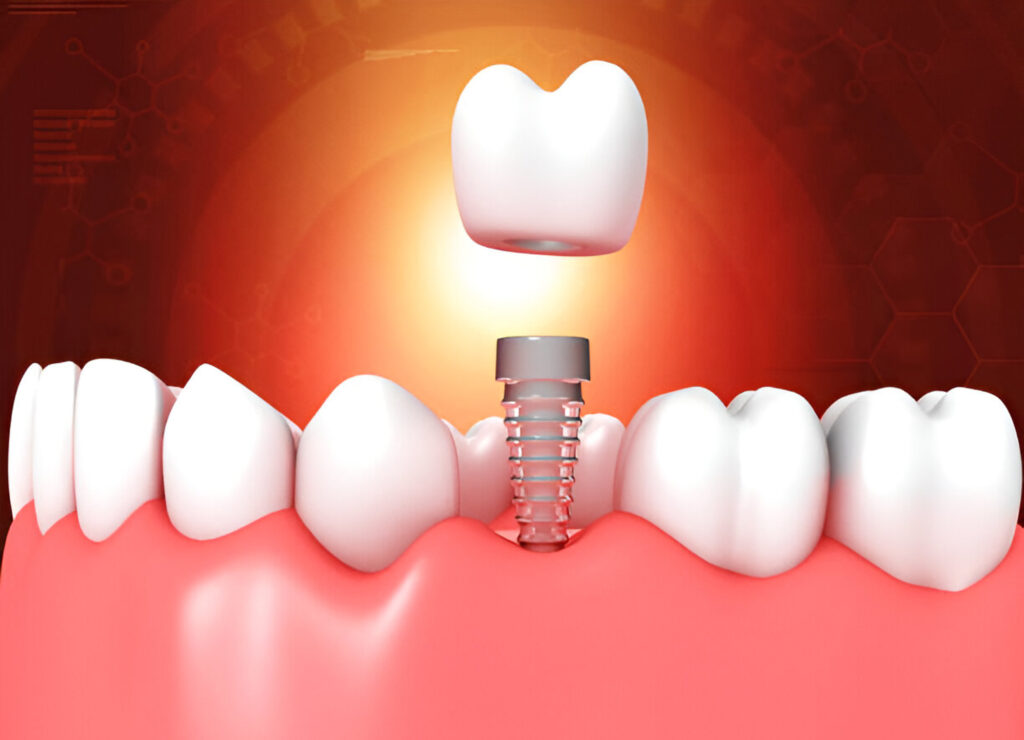
An abutment is part of the implant process and ensures the tooth is strong. However, in some cases, the implant may become loose. Let’s explain why abutments loosen.
Reasons for Abutment Loosening:
- If chewing is done with excessive force, abutments may loosen over time.
- If the abutment is not properly screwed or fixed onto the implant, it can loosen over time.
- If the abutment is not correctly placed on the implant, loosening may occur over time.
It is important that abutments are properly placed, and the procedure is performed by an experienced dentist to prevent loosening.
What Happens if an Abutment Falls Off?
"What happens if an abutment falls off?" is a common question. The abutment plays a role in strengthening the implant. If the abutment falls off, it can cause the implant to loosen. If this happens, it is important to inform your dentist immediately.
The dentist will replace the abutment and re-secure the dental implant.
What is a Straight Abutment?
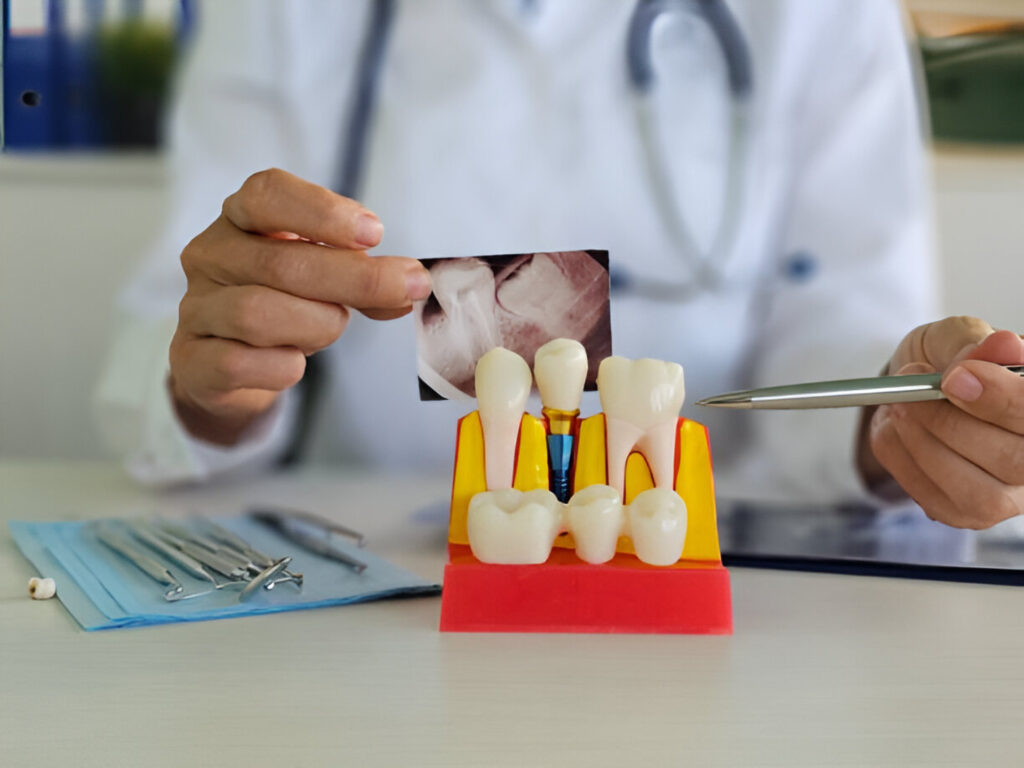
There are different types of abutments. So, what is a straight abutment? A straight abutment is the external part of the implant embedded into the bone with a flat surface. It is fixed to the implant, and the dental prosthesis is placed on top.
What is a Temporary Abutment?
Temporary abutments are used during the healing process after a dental implant is placed. These abutments hold temporary teeth and are replaced with permanent abutments once the implant heals.
What is an Abutment Screw?
An abutment screw is used to fix the abutment onto the implant. This process ensures that the dental implant is applied securely and correctly.
What is a Cemented Abutment?
A cemented abutment is when the abutment is attached to the implant using adhesive instead of screws. This method is used for securing the prosthesis onto the abutment.
Don’t forget to check out our other articles related to oral and dental health!

 English
English Turkish
Turkish Deutsch
Deutsch العربية
العربية![[:en]What is an Abutment? What are the Types of Abutments? All the Details![:tr]Abutment Nedir? Abutmentin Çeşitleri Nelerdir? Tüm Detaylar! [:de]Was ist ein Abutment? Welche Arten von Abutments gibt es? Alle Details![:ar]ما هو الدعامة (Abutment)؟ وما هي أنواعها؟ جميع التفاصيل![:] Abutment Nedir?](https://proestetik.com.tr/wp-content/uploads/2024/10/abutment-nedir.png)








